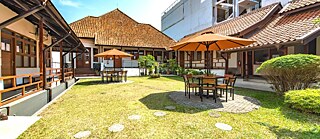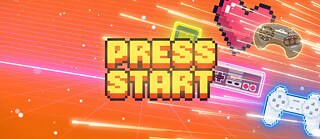

Belajar bahasa Jerman
Pengajaran Berpengalaman Memastikan Kesuksesan Anda
Kami menawarkan kursus dan ujian bahasa Jerman di lebih dari 90 negara.
Fokus
Proyek kami terkini
Kunjungi kami!
Dua Institut di Indonesia
Kami mendukung pembelajaran bahasa Jerman di luar negeri dan menekuni kerja sama kebudayaan antarnegara.
Jakarta
Jl. Sam Ratulangi 9-15
10350 Jakarta
Indonesia

Bandung
Jalan Martadinata 48
40115 Bandung
Indonesia






